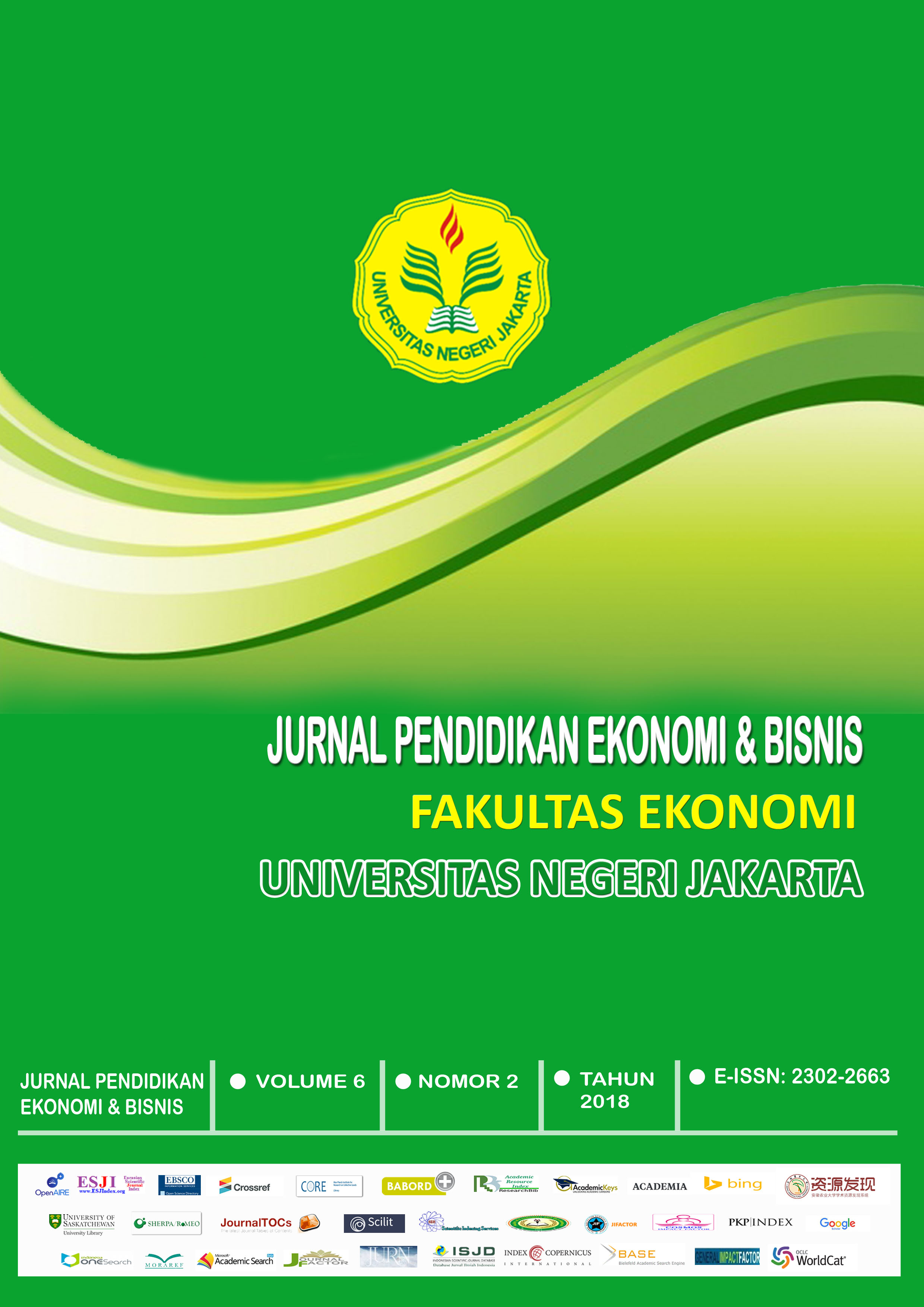Empirical Study of Capital Flight in Indonesia 2009-2017 Period
DOI:
https://doi.org/10.21009/JPEB.006.2.5Keywords:
Capital flight, Residual approach, Factor macro-economy, Ordinary least squares (OLS)Abstract
The phenomenon of capital flight is triggered by two biggest financial scandals, Panama Papers, and Paradise Papers. The impacts of this phenomenon can erode the tax base and contribute to the distribution of income from developing countries to developed countries. Therefore, the purpose of this study is learning of Indonesia's capital flight and analyzing more deeply the causes of capital flight for the Indonesian economy in the period 2009 until 2017. The data used in this research is secondary data from BI, BPS, and OECD. The independent variables are the budget deficit ratio, economic growth, inflation, exchange rate growth, and dummy sovereign rating. The measurement of capital flight in this research uses residual approach, while the estimation techniques use Ordinary Least Squares (OLS). Empirical results of this research conclude that the amount of capital flight in Indonesia increased quite rapidly since the first quarter of 2009 until the second quarter of 2011 compared to next periods. Furthermore, macroeconomic factors used as independent variables are not strong enough to explain capital flight in Indonesia.
Downloads
Published
How to Cite
Issue
Section
License
Articles in Jurnal Pendidikan Ekonomi & Bisnis are Open Access articles published under the Creative Commons CC BY-NC-SA License This license permits use, distribution and reproduction in any medium for non-commercial purposes only, provided the original work and source is properly cited. Any derivative of the original must be distributed under the same license as the original.








